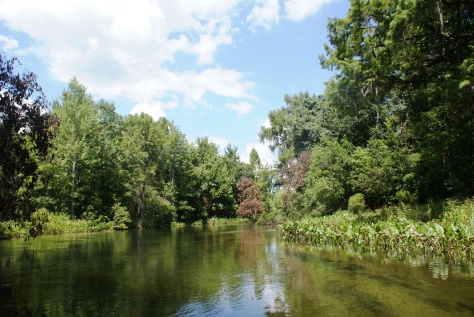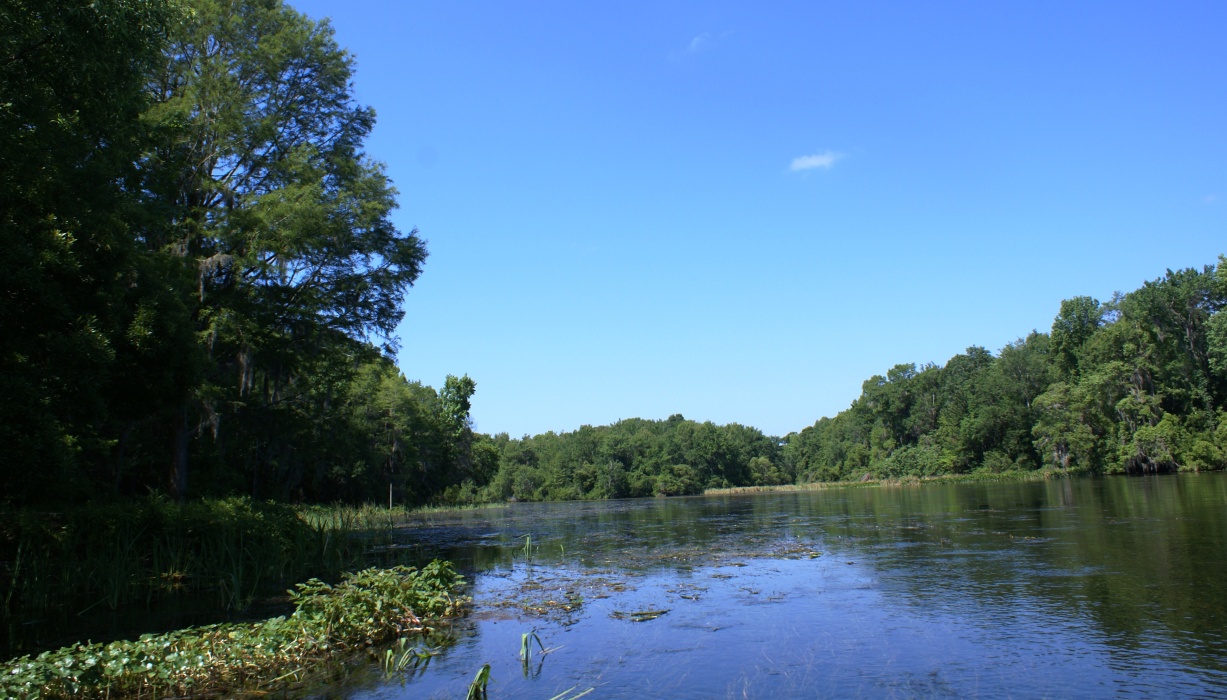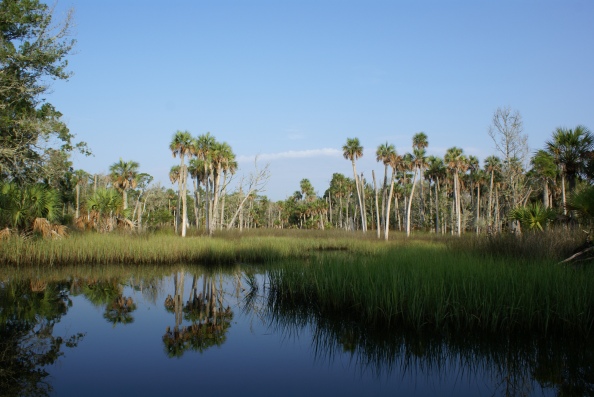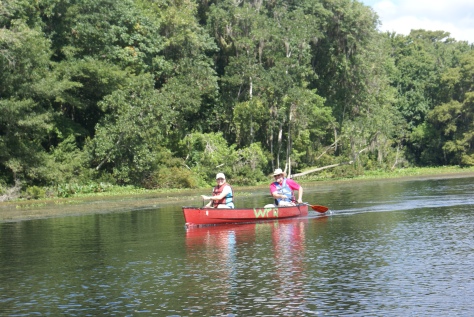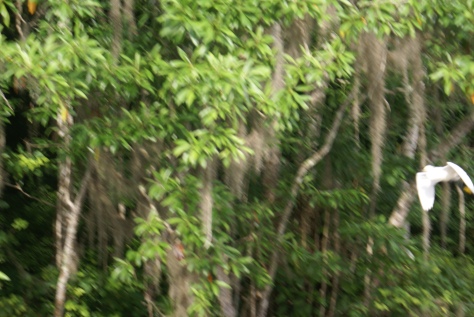 My friend Tom Harmon invited me to be his guest at a Rotary meeting. Well–knowing the food would be prepared by Mary Frances Dawdry, I said yes immediately because EVERYTHING she prepares is delicious. Besides that, the company at a Rotary meeting is always excellent and they invariably offer interesting speakers.
My friend Tom Harmon invited me to be his guest at a Rotary meeting. Well–knowing the food would be prepared by Mary Frances Dawdry, I said yes immediately because EVERYTHING she prepares is delicious. Besides that, the company at a Rotary meeting is always excellent and they invariably offer interesting speakers.
Another tradition at the Monticello Rotary meetings is a drawing. As their guest, I was asked to draw out a number. I scrambled the tickets around a little and grabbed one. I didn’t have on my glasses (vanity) so I asked Tom to read out the numbers. He did and then checked my ticket for me and the numbers matched!
I won the prize! It was a canoe trip with Tom and Jeff Wilcox from the headwaters of the Wacissa to Goose Pasture.
This beautiful trip filled in a section of the Jefferson County Rivers I had never seen. I enjoyed the paddle to Blue Spring several times. Ed Green took me through the Slave Canal connecting to the Aucilla. David Ward treated me to a paddle on the north end of the Aucilla when it was in flood, entering at Snead’s Smokehouse landing.
With a larger group, David paddled so I could photograph a segment of the Aucilla from Lamont south to the site of a lost town called Cash Money. Back in 2010, Charlie Ward and Jack Carswell gave me a wonderful photographic tour of the lower Aucilla, Apalachee Bay and the Pinhook, entering the River at Mandalay in Taylor County. Someday I hope to photograph the section of the Aucilla referred to as the “Races.”
Another time I hiked the underground part of the Aucilla called the Aucilla Sinks. What are called “Sinks” are small and large windows into the underground river forming beautiful small ponds and lakes. I look forward to seeing the “Races” and completing my photographic tour of the rivers.



